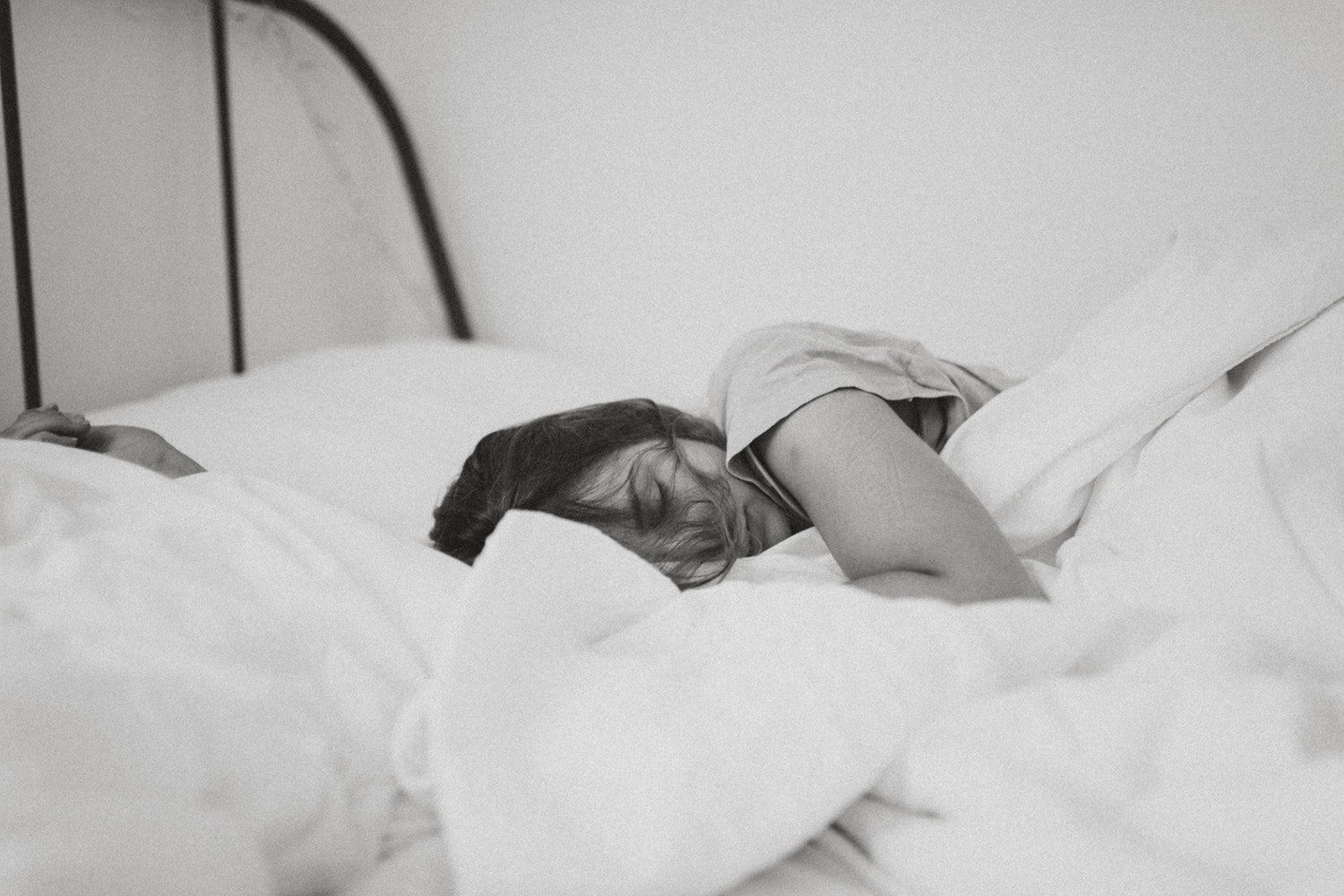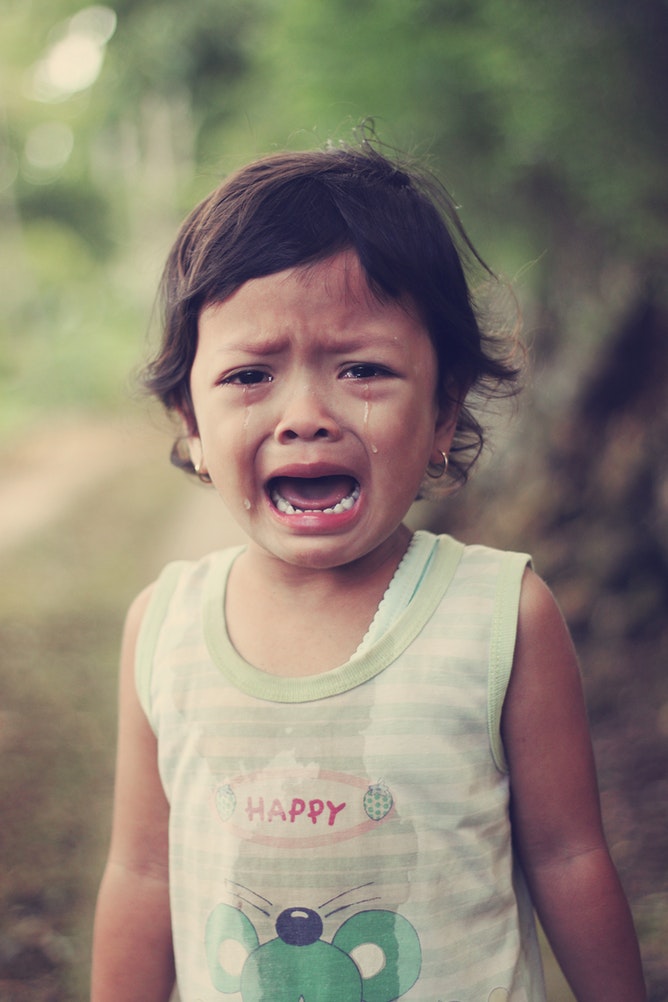Our sleeping habits are often established in early life, as sleep is pivotal to our emotional, mental and physical development from birth. However, the sleeping habits of babies and very young children can often impact our own once we become parents, which is why some parents sleep train their children from an early age.
This helps small ones into a healthy sleep routine early to help fit the routines of the rest of the family. It also means that by the time children reach their teens, they should have well established sleeping routines, that are less likely to impact them in later life.
Quality sleep is an important part of our wellbeing and development which is why Simba have not only innovated their Hybrid© Mattresses for adults, but have also created the Simba Hybrid© Cot Mattress for children. Suitable for use from birth, your little ones will have all the comfort they need to reach the land of nod.
Discover the best ways to train your child to sleep at every age so that the whole family can benefit from quality shuteye.
What Is Sleep Training?
Sleep training refers to any form of routine that parents may employ to adjust the sleeping behaviours of their child. This helps children to learn to fall asleep on their own and stay sleeping throughout the night.
The age you introduce sleep training and how long it takes will vary widely as all babies are different. There are also multiple methods of sleep training, which are grouped into three main approaches known as ‘crying it out’, ‘no tears’ and ‘fading’.

When To Begin Sleep Training
Experts recommend that sleep training starts at a time when both parents feel emotionally prepared to manage it, as stressful or busy circumstances can affect how you each cope with the changes. You may also find it difficult to begin training when your child is ill or teething, but it’s likely that you will know when the time is right.
Statistically, most parents employ sleep training at around 6-11 months old, however some parents start much sooner and even later.
Which Approach Should I Use For Sleep Training?
The method you choose will vary on your own approach to parenting, and upon your child. Some babies get into a routine quickly and easily, while others struggle up until a certain age.
The ‘crying it out’ approach is centred on the idea of teaching your baby to ‘self soothe’ by allowing them to cry for a short interval before you rush in to console them. This teaches them to become more independent in getting to sleep.
The ‘no tears’ approach differs in that it recommends putting your baby to bed at the point of drowsiness so that they’re more inclined to lull themselves into sleep, and so you can still respond if they wake.

The ‘Fading’ method lies somewhere in between, where you help your baby to sleep by rocking or feeding them to sleep but gradually do less of this over time. If you’re uncomfortable with leaving your baby to cry for too long, but worried that your child may become too attached by the ‘no tears’ approach, this method strikes a healthy middle ground.
Every baby is different and it’s entirely up to you which methods you want to try. There is no right or wrong option, and your baby won’t be harmed by whichever approach you choose.
Sleep Training For Each Age Group
Sleep Training at 0-4 Months Old
As a new-borns’ sleep cycle revolves around the need to be fed, changed and nurtured, it is worth considering that your expectations will need to be realistic as hormones and physical abilities are not yet developed at this age.
At this stage, it is best to put babies to bed when they appear sleepy as new-borns can sleep for between 10.5 to 18 hours a day, in irregular patterns. Get to know their temperament and look for the signs that they are tired as this will give an indicator of when they may be ready to sleep.
Sleep Training at 5-11 Months
This is usually the age that most parents will begin employing sleep training, as children are more communicative at this stage, and around 70-80 per cent will sleep through the night by 9 months of age. Not to mention that by now, most parents will have had more than their fair share of sleepless nights!
Experts advise developing a regular daytime and evening schedule that includes an enjoyable bedtime routine. This should involve familiar activities you can repeat each day before putting your child to bed, such as giving them a bath, reading or singing to them, changing them into their pyjamas or even giving them a gentle massage.
You should also create a sleep friendly environment with blackout blinds, warm, low lighting and a recommended room temperature between 20-22˚C. Putting your baby to bed when drowsy means your child is more likely to become ‘self-soothing’ so they can fall asleep independently, however if your child relies on parental assistance, you can set them down in the crib and sit nearby until they fall asleep, providing assurance where needed.
Sleep Training For Toddlers (1-3 years)
Sleep training at this stage can prove challenging as your child will now be more verbal, easily frustrated and separation anxiety is at its peak. However, as toddlers need up to 11 hours of sleep, it is worth considering rolling out sleep training if your child still has trouble nodding off. The main issues may be linked to resisting bedtimes, and waking through the night so it’s important to reiterate a consistent bedtime routine as part of their daily schedule.
Set limits and clearly communicate these to your child. Ensure that you and your partner enforce the same training and stick to them no matter how tempting it might be to give in!
Sleep training For Preschoolers (3-5 years)
Children at this age may still resist sleep or wake during the night despite needing around 11-13 hours of sleep. It is also common for them to experience fears and nightmares. For example, disorders such as sleepwalking and night terrors tend to peak during the preschool phase. The maintenance of a regular and consistent sleep schedule is still vital at this age, which includes helping your child settle into a comfortable sleeping environment each night.
Sleep Training at 6-13 years old
Lifestyle changes tend to influence youngsters around this age, as daytime routines are shaken up by longer school hours, changes in diet and an interest in media devices that can disrupt sleeping patterns.
It is important to emphasise the continuation of a regular sleep schedule, while also limiting the amount of time your child spends using electronic devices near bedtime. Studies have suggested that the type of light emitted from iPads and smartphones alters our sleeping patterns, while watching television before bed has been linked to increased anxiety and nightmares. Keep electronic devices outside of the room and encourage a healthy diet with reduced levels of sugar and caffeine where possible.
For more advice and tips on getting a good nights’ sleep, visit Simba.com where you’ll find plenty of useful, expert articles on sleep hygiene for children and adults alike.